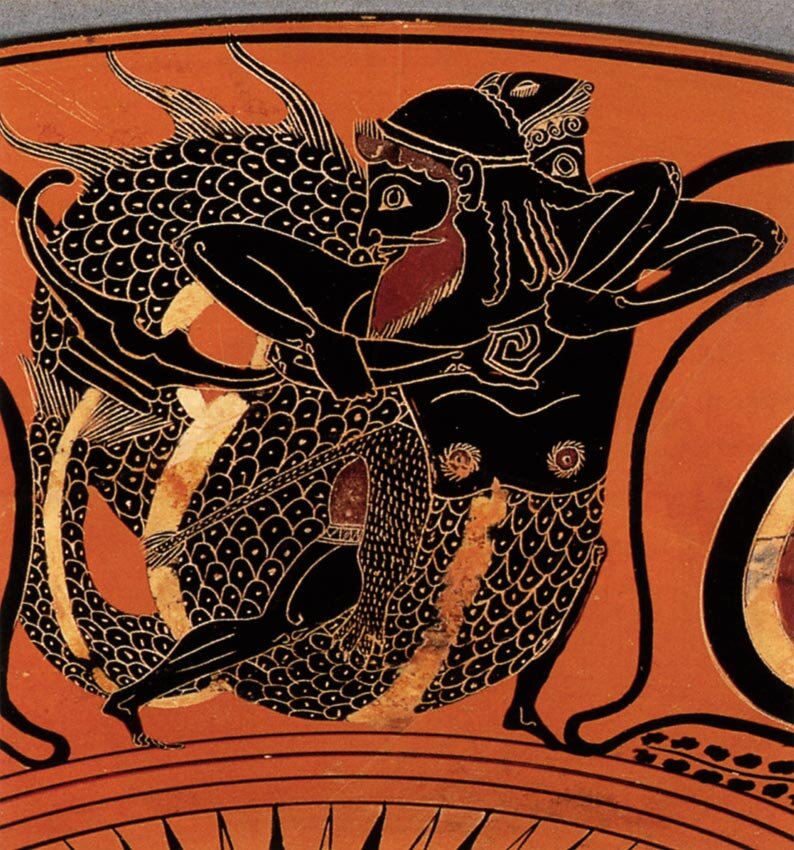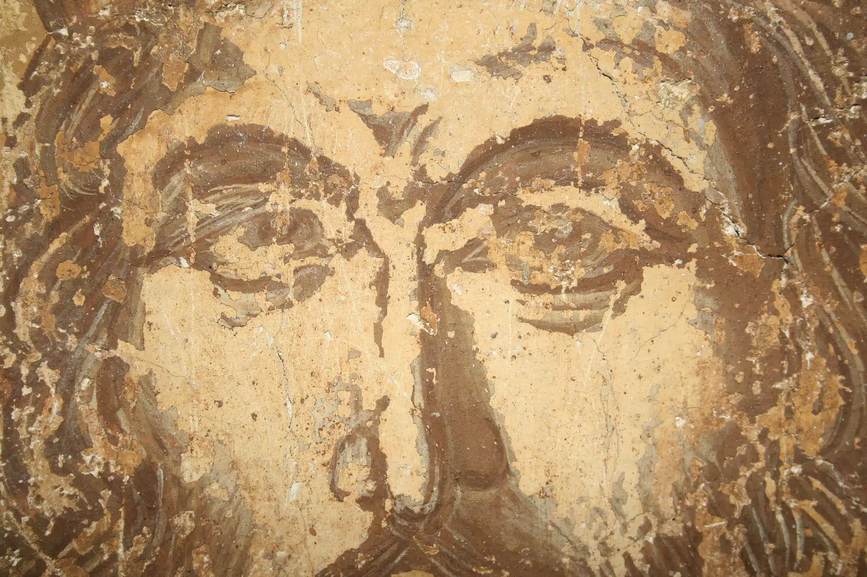Once the king of Fthia, Peleas, saw in the moonlight a goddess dancing with the daughters of the water. It was the goddess Thetis, who was forced by the prophecy of Prometheus to marry a mortal, in order to not be born, he who would overthrow the almighty Zeus.
This magnificent theme is beautifully depicted on a red-figure chalice dating from 500 BC, which is now in the West Berlin Museum. This magnificent depiction shows Peleus defying the serpents of divine transformation that bite him everywhere, as well as the lion that growls hooked on his back.
Peleus defeats the transformations of the beautiful goddess with the sacred "grip", or "Meander" as it later became known, the famous ancient Greek symbol of victory over the gods.
The dictionaries, however, say that Meander is "the decorative ancient Greek figure commemorating the maneuvers of the river Caria Meander where it was first found and from which it took its name."
The "Meander grip" is used repeatedly by Hercules, as is clearly highlighted in this masterful depiction of Hercules' battle with Triton in an angiograph of 550 BC, where we see Triton trying in vain to open his iron fingers locked with the invincible hero's Meander grip.
It might be no coincidence that some angiographies alluding to defeats of the Gods or excessive heroism are often crowned with a Meander.
Geometric bowl decorated with a meander, from 730-720 BC
A typical Attic red-figure cup with meander pattern at borders














